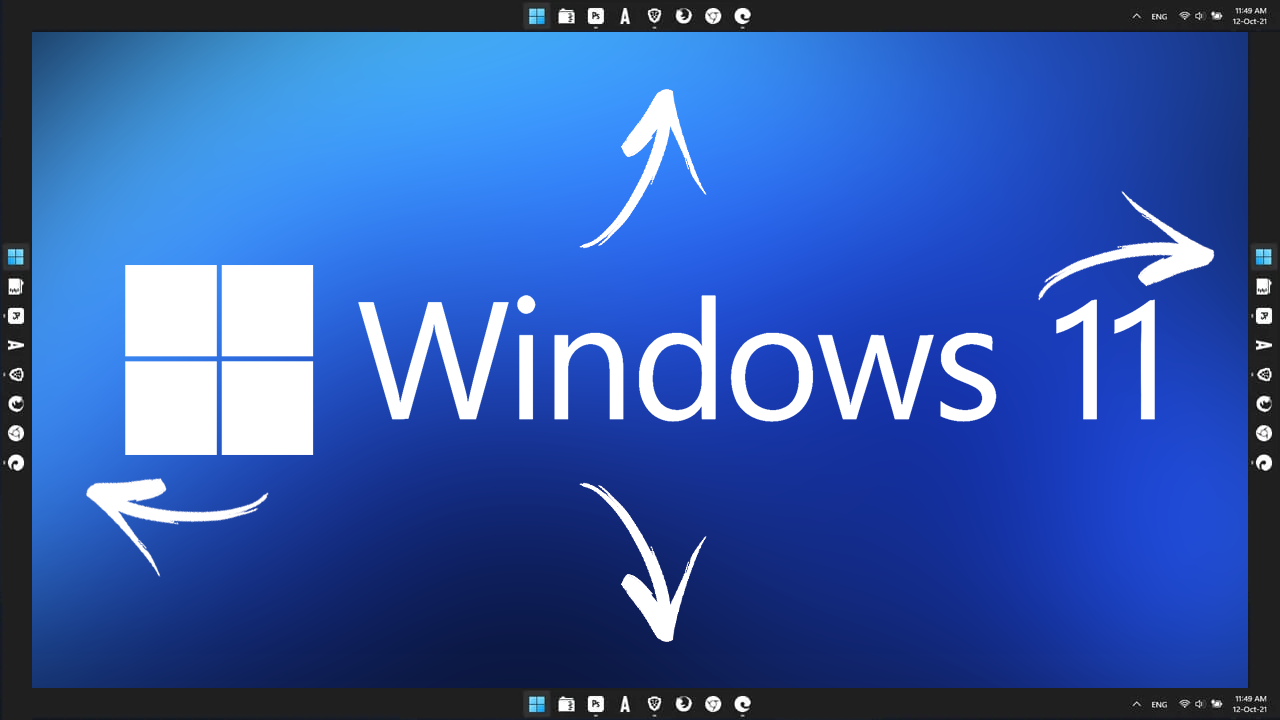Rumor: Windows 11 version 22H2 release date could be September 20, 2022

The first feature update for Windows 11, version 22H2, could be released as early as September 20, 2022 according to Windows Central. Microsoft has not confirmed the date, and the site cites contacts close to the company as the source for the release date.

In late December 2021, the same site reported that the new Windows 11 version could be released as early as Summer 2022.
Windows 11 version 22H2 development reached a milestone in March 2022 when Microsoft announced that the update was feature complete. Work continued on fine tuning features and addressing bugs, and new builds were released to various Insider channels in the months that followed.
Windows 11 version 22H2 could be the last feature update for a while, as Microsoft could move to a three-years release cadence starting in 2023. New features would be introduced to the running system and not as feature updates, if that is going to be the case.
The new major Windows 11 release includes a number of changes and improvements. Start Menu and taskbar see some adjustments, as Microsoft plans to introduce features that it removed in Windows 11's initial release. The Start Menu, for one, gets support for app folders and an option to change the number of application rows. App folders allow users to pin multiple apps in a folder to improve manageability.
Drag and drop support is returning to the taskbar, which means that users may drop files on icons on the taskbar to have it processed by the app.
Suggested Actions is another new feature. It displays a small overlay with options whenever data such as a phone number is copied to the Clipboard.
Snap Assist, a handy feature to pick a layout for open windows by hovering over the maximize button, receives some love in the new release. Keyboard users can use Windows-Z to invoke the feature, but selecting a layout required use of the mouse. In the new release, Snap Layouts have numbers associated to them, so that it is easy to select a layout with just the keyboard.
It looks as if File Explorer tabs won't make it in the release, but Microsoft plans to release these as a smaller update later in the year.
Now You: Are you looking forward to Windows 11 version 22H2?




















anythings a Rumour on here, none of its facts
Wow I’m surprised on many ignorants in this article.
Offices has already using WIndows 11, new laptops for employees are already in Windows 11. People who never go out will never know that.
Windows 10 already has all these features and more. What’s the point of Windows 11? Microsoft developers are probably morons that use MacOS 99% of the time.
@Ignored
Not having any of these issues since everything on my Windows 11 machine is working like my Windows 10 laptop.
May want to search gHacks because I’m 99% sure the site has the instructions for rearranging items or whatever is needed.
I use Stardock for the Start Menu, but there are alternatives:
https://www.techsupportalert.com/windows-11-start-menu-alternatives/
https://windowsreport.com/windows-11-free-start-menu-replacement/
Right click I’ve never had a problem with, but I think I tweaked it with WinAero or UWT:
Easy solution:
https://gadgetstouse.com/blog/2021/07/16/get-the-old-right-click-context-menu-on-windows-11/
Taskbar? Another one I haven’t had issues with maybe because of initial tweaking with the two aforementioned tools, but . . . :
https://zapier.com/blog/windows-11-taskbar-left/
Having to tweak Windows, whatever version, is common which is, I think, the reason people rely on third party tools to “fix” whatever others have noticed as “problems.”
Not a huge fan of Windows 11 and will definitely think twice and more before installing 22H2 if and when it arrives. MS is notorious for pushing updates that only result in problems–minor and major.
I mean if you didn’t have issues there wouldn’t be a need for all those third-party programs and tweaking.
Fair enough–the same tools mentioned in my reply were used to “tweak” Windows 10, which, as you may remember, had a Start Menu that menu users didn’t like; I was so used to Windows 7 that I used Stardock programs for a Start Menu I preferred–no real issues with the new Start Menu in Windows 10 and 11, I needed something simple–like Classic Shell which is now Open Shell.
I think most users have found both WinAero and Ultimate Windows Tweaker to be invaluable assets when “tweaking” Windows. One tweak I can’t live without is adding “Move to” and “Copy to” and “Take Ownership.” More advanced users probably have the registry hacks memorized.
I also use Stardock’s Fences and Object Dock. Great tools for my use of a computer. Easier to organize icons, etc. And there are many other ways one could use to attain the same purpose. I use Stardock tools for the simplicity and quality. Others may look elsewhere, like Rainmeter and Rocketdock–two programs mentioned on gHacks a few days ago for some new third party Open Source program.
Neither OS requires tweaking per se, so the assumption that “no issues” means no need for tweaking is somewhat correct. All those tools equals three, which is comparably few–my opinion. There are “tweaks,” however, that programmers have developed that help the workflow depending on how the OS is used.
Maybe it’s like cleaning the Context Menu after time. Many programs will insert a Context Menu item; after installing a few programs, the Context Menu becomes a full blown mess. That’s when I need a thirdy party tool. Dropbox is only one of many examples.
The idea/complaint that one should completely avoid Windows 11 when the “tweaks” necessary to make the interface more like Windows 10 or even Windows 7 are so readily available and simple [three clicks for the right click Context Menu] is exaggerated and somewhat of a fallacious reason for avoiding an otherwise stellar OS.
In using an OS, it’s whatever works best for one’s situation. I generally prefer working with Linux Mint, but . . . that’s another post, another time.
Windows 11 is a productivity disaster and everyone involved should be terminated.
Enterprise will never move to Windows 11 unless Microsoft restores all the taskbar, start menu, right click menu functionality. Microsoft needs to provide a group policy to return the Windows 10 shell if they are not going to listen to anyone feedback regarding the functionality lost that has been part of Windows for 22 years.
Windows 11: the OS no business would touch. I’ll guess we’ll wait and see what their “introduce features that it removed in Windows 11” really means.